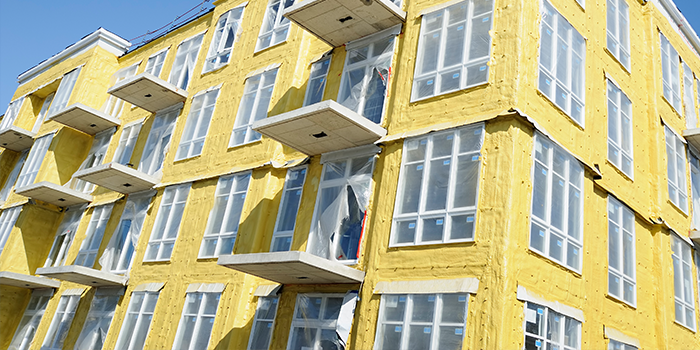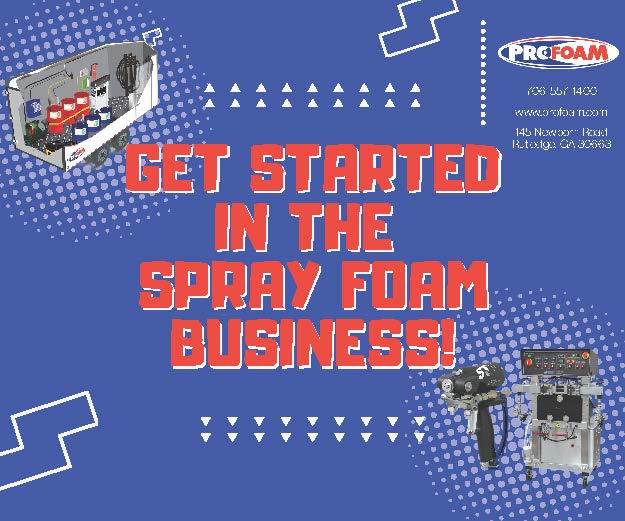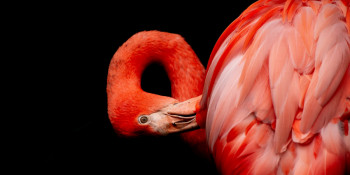
Air, Vapor, and Moisture Barriers

Back to Education Center | Architect's Guide | Building Envelopes and SPF
The Difference Between Air, Vapor, and Moisture Barriers
Air barriers, vapor barriers, and moisture barriers all contribute to efficient, comfortable, and durable homes and buildings. However, air, vapor, and moisture barriers all function somewhat differently, so it’s best to understand the nuances of these construction materials and how they work in your home or building.
Air Barriers
Air barriers are materials that restrict the flow of air, and when installed in a home or building, air barriers control the rate of air flowing into and out of the structure. Air barriers are installed in the building envelope (the exterior walls, roof, and floor) in a continuous manner to wrap the house or building in a protective air-resistant membrane. Air barriers are critical in controlling temperatures and air quality within a home or building.
Vapor Barriers
Similar to how air barriers restrict the flow of air, vapor barriers are designed to restrict the flow of water vapor. To regulate the diffusion of water vapor into a building assembly, vapor barriers should be installed on the warm side of the insulation. Preventing water vapor from entering a building improves the long-term durability of the structure and greatly reduces the potential threat of mold growth.
The key to understanding vapor barriers is permeance. All materials are permeable, even steel, but they differ in the degree of their permeance rating, which is the transmission rate of water vapor through a material. The unit of measure for water vapor permeance is referred to as a perm, and most regions require a vapor barrier with a maximum water transmission rate of 60 perms.
Moisture Barriers
Moisture, or water-resistive, barriers are materials that are primarily designed to keep liquid water from entering the building enclosure. Moisture barriers are specifically designed not to be a vapor barrier, as the minimum water vapor permeance for a water-resistive barrier is 300 perms. Moisture barriers should be installed on the cold side of the insulation: they are combined with flashing and other materials to ensure that there is a shingled assembly to direct liquid water which passes on the cladding system to be directed to the exterior.
Multi-Function Barriers
Combined air barriers, vapor barriers, and moisture barriers can be provided in a single material–closed-cell spray polyurethane foam is perhaps the best example. There are also vapor-permeable air barriers, and there are water-resistive barriers that aren’t air barriers. It’s important to understand these three separate functions and determine whether the material you choose provides more that one function. Then you need to decide whether you will design your building so it actually performs more that one function. Two or more air barrier materials can coexist in a wall assembly, but its performance will depend on how the chosen materials are assembled together.






